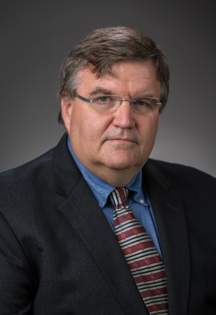
Non-alcoholic fatty liver disease (NAFLD) is quickly becoming the next healthcare epidemic. Currently affecting over 30% of Americans, trends show this population will increase significantly in the coming years. NAFLD is a disease that ranges from relatively harmless fatty liver to the more severe non-alcoholic steatohepatitis (NASH) where the accumulation of fat causes chronic inflammation and cell injury. Approximately 25% of adults with fatty liver will go on to develop NASH.
If NASH is left untreated, fibrosis occurs, where persistent inflammation causes a build-up of scar tissue. At the advanced stages of the disease, liver damage is irreversible and often leads to liver failure and cancer.
The prevalence of NASH parallels the rise in metabolic disorders and the most common cause of NAFLD is thought to be obesity. The risk of NASH increases two-fold for patients with Type 2 diabetes.
From 2015-2030, there are projected to be nearly 800,000 liver-related deaths attributed to NAFLD. In addition to its clinical impact, the economic burden in the United States is estimated to be over $100 billion a year.
Problems with diagnosis and monitoring
NASH is usually asymptomatic, meaning patients do not show visible signs of disease until they are near liver failure and a transplant is the only treatment option. Therefore, early diagnosis cannot solely be based on clinical history and routine examination. Currently, the definitive diagnosis of NASH is a liver biopsy which is costly, painful, and carries risks of complications. Biopsy results are subjective, and the interpretation can differ even among experts. As the number of expert readers is low, biopsy is not a scalable approach to meet the growing demands for NASH diagnosis.
Multiple tests for NASH and liver fibrosis imaging-based techniques have been developed as non-invasive alternatives but most of these have limitations. They are either prone to human error even in expert hands or have high variability and therefore unsuitable for monitoring.
There is an urgent need for accurate, non-invasive, methods with low variability to aid in the diagnosis, staging of disease and monitoring of disease progression.
New MRI techniques are actively used in NASH clinical trials and have recently made their way into clinical practice, measuring liver fat, iron, and fibro-inflammation in the liver. These more detailed scans can predict clinical outcomes, and are available wherever MRI scanners are used. New technologies are allowing practitioners to make more informed decisions about the care of our patients and ultimately, improve their health outcomes.
Dr. Timothy Ritter is a board certified gastroenterologist and internist with the Texas Digestive Disease Consultants. He has a special interest in inflammatory bowel disease and clinical trials in IDB and Hepatology. He completed residency at University of Texas Southwestern, and is a member of the American Gastroenterological Association, American College of Gastroenterology, Texas Society for Gastroenterology & Endoscopy, and American Society for Gastrointestinal Endoscopy.





